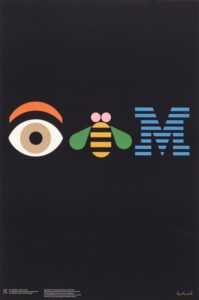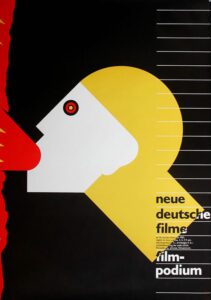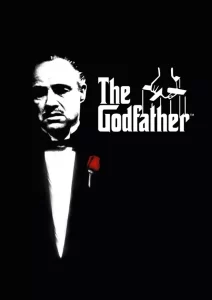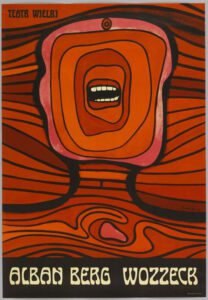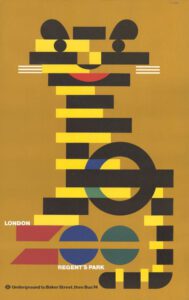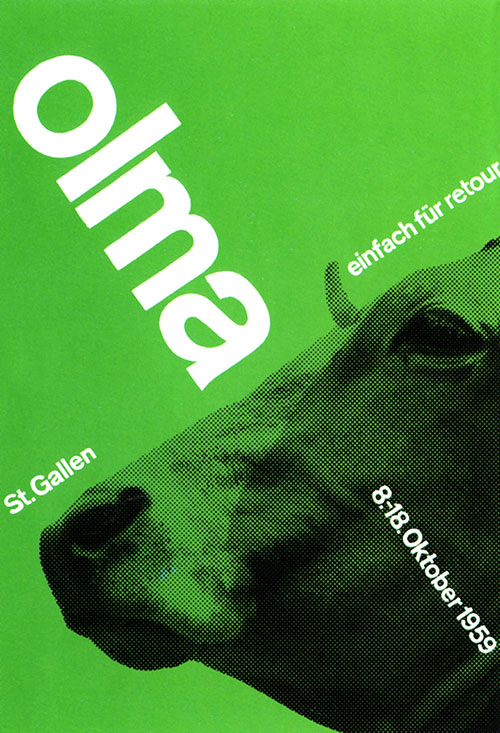
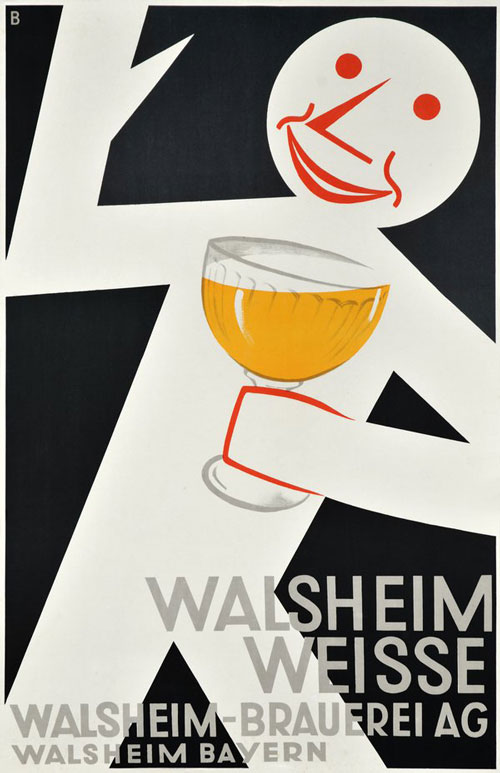
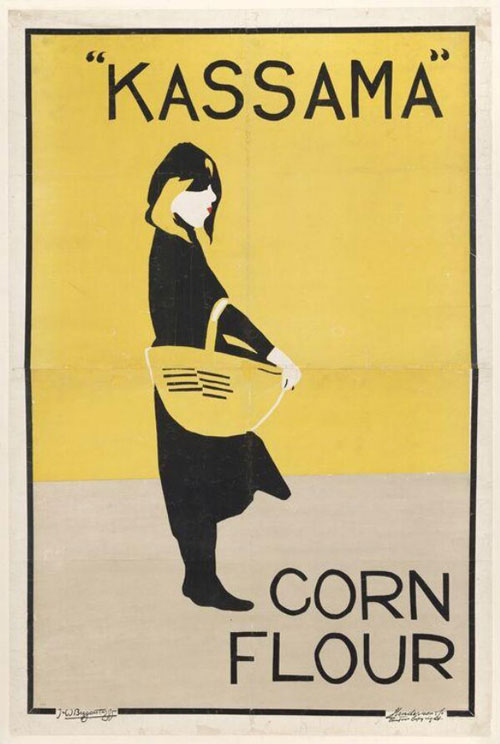
An art form, within an art form
Typography in posters has come a long, long way in the last 125 years.
Big developments were made in this art-form-within-an-art-form long before computers ever existed, with the commercial era offering new opportunities for artists to play around with text and learn how it could be more appealing as with a poster design itself.
Here are 9 posters which can tell us more about typography in posters:
Schweiz – Herbert Matter 1934
In the early part of the 20th Century, more and more graphic designers and artists were beginning to consider the importance of typography in their designs.
With society’s visual landscape becoming saturated by mass media, and with international, multi-lingual trade growing, many designers felt that there was a need for sleek, clear, bold typography that got across a message – while also being visually appealing.
Matter was among several artists who are credited with pushing forward the ‘Swiss Style’ of design typography, which placed a new focus on type as an integral, functioning part of the design.
In this poster, commissioned by the Swiss Tourism Board, Matter makes use of photomontage and dynamic depictions of skiing. But look at how unique the typeface is. With Matter’s unique sans-serif style, the ‘SCHWEIZ’ here becomes less of a word, and more of an emblem.
Having worked at the MIT Office of Design, Dietmar Winkler was one of several artists who propagated the ‘MIT Style’, which featured noted characteristics such as bold geometric forms, innovative typography, and contrasting planes of colour.
Winkley designed the ‘Cobol’ poster in 1969, as an advertisement for M.I.T.’s summer computer course in Cobol programming. In doing so, he left a significant contribution to the visual architecture of computers, which has remained to the present day.
